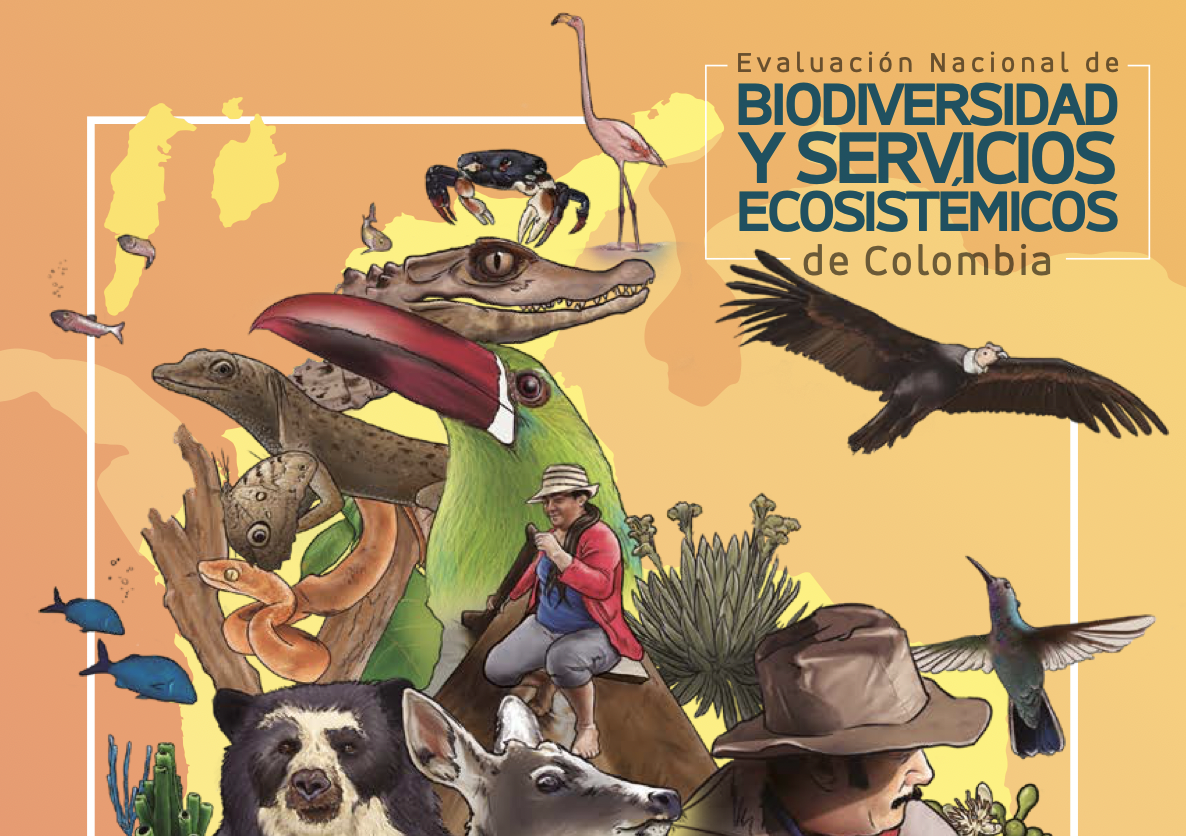1. Freshwater macro‐organismic environmental DNA (eDNA) is gaining increasing popularity in detecting invasive species, assessing community assemblages, and mapping the distribution of taxa that are rare or otherwise difficult to monitor. The objectives of this article are to review the targets of published freshwater eDNA research in relation to aquatic conservation with a focus on geographic regions covered, as well as the habitats and species investigated.
2. The analysis of 272 peer‐reviewed articles published between 2005 and 2018 revealed that 57% of the 238 primary research papers have a focus on conservation science, mostly addressing invasive and endangered species, followed by 23% papers investigating methodological developments and 11% biodiversity surveys also using eDNA metabarcoding. A strong geographical pattern emerged, with Africa, South America, and the tropics being under‐represented. Taxonomic coverage was dominated by 123 fish species, followed by 29 amphibian and 28 mollusk species. Freshwater arthropods (27 taxa) were under‐represented in relation to their estimated species richness.
3. Taxonomic bias towards certain species such as fishes observed in freshwater eDNA research is pervasive in biodiversity research and conservation sciences and thus is not surprising. Geographical representation was biased, with a few industrialized countries from the Northern Hemisphere contributing 72% of the studies. Both findings parallel biases known from other research areas, such as marine DNA analysis, taxonomy, or invasion biology.
4. The application of eDNA in freshwater conservation will benefit from the development of general standards and guidelines that are necessary to integrate freshwater microbial eDNA techniques in existing monitoring frameworks. To aid future freshwater conservation, our suggestions are to harmonize eDNA methods for comparable and easier implementation worldwide and to increase international cooperation and funding for under‐represented geographical regions and neglected taxa. This is especially crucial for the known biodiversity hotspots in developing countries where rapid changes occur to freshwater habitats and biodiversity.
Taxonomic and Geographical Representation of Freshwater Environmental DNA Research in Aquatic Conservation
Year: 2019

































































































































































































































































































































































































































































































































































































































































































































































































































































































































































































































